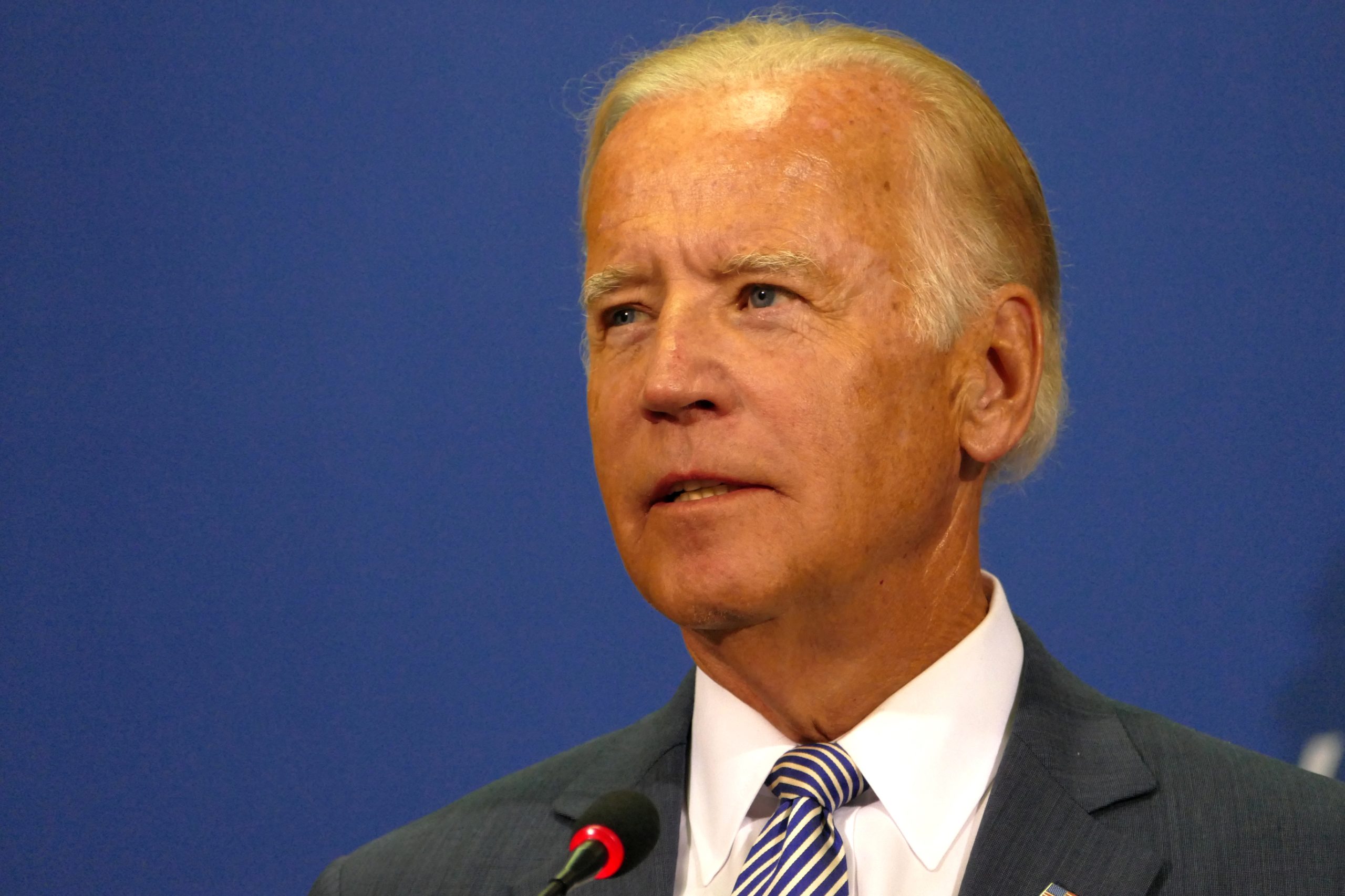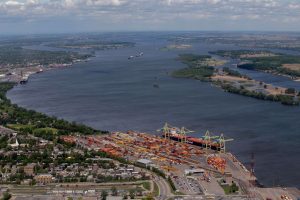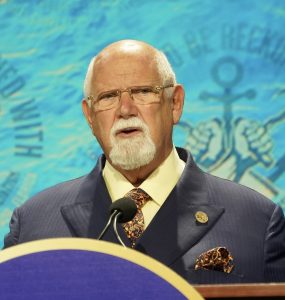The Biden Administration this week released the U.S. National Blueprint for Transportation Decarbonization, which includes domestic and international maritime shipping.
Developed by the Departments of Energy, Transportation, Housing and Urban Development, and the Environmental Protection Agency, the Blueprint is a landmark strategy for cutting all greenhouse emissions from the transportation sector by 2050. It exemplifies the Biden-Harris Administration’s whole-of-government approach to addressing the climate crisis and meeting President Biden’s goals of securing a 100% clean electrical grid by 2035 and reaching net-zero carbon emissions by 2050.
“The Blueprint builds on President Biden’s Bipartisan Infrastructure Law and Inflation Reduction Act, which together represent historic investments in the future of our nation that will transform how we move and live while we build the backbone of a safer and more sustainable transportation system,” the White House said.
Jointly announced by U.S. Secretary of Energy Jennifer M. Granholm, U.S. Secretary of Transportation Pete Buttigieg, U.S. Secretary of Housing and Urban Development Marcia Fudge, and Environmental Protection Agency Administrator Michael S. Regan, the Blueprint is the first milestone deliverable of the historic memorandum of understanding (MOU) signed by the agencies in September of last year. The Blueprint will be followed by more detailed decarbonization action plans, to be developed and implemented by these agencies in cooperation with governments at the State, local, and Tribal level, philanthropic organizations, the private sector, and global partners.
“Transportation policy is inseparable from housing and energy policy, and transportation accounts for a major share of US greenhouse gas emissions, so we must work together in an integrated way to confront the climate crisis,” said U.S. Secretary of Transportation Pete Buttigieg.
The transportation sector accounts for a third of all domestic greenhouse gas emissions, negatively affecting the health and well-being of millions of Americans, particularly those in disadvantaged communities.
The blueprint outlines a variety of priority actions from research and innovation into viable alternative fuels (like certain types biofuels, ammonia, hydrogen, and methanol) to new energy-efficient technologies (such as battery power, in-port shore power or “cold ironing”, exhaust treatment and carbon capture, and even the use of renewable energy for supplemental propulsion or auxiliary electrical power generation).
Maritime sector
Specifically, the new blueprint identifies the following federal goals for the shipping industry:
Ensure that 5 percent of the global deep-sea fleet are capable of using zero-emission fuels by 2030.
- Enable at least 10 large trading ports across at least three continents to supply zero-emission fuels by 2030.
- Increase sustainable fuel R&D and incentivize U.S. commercial vessel operators to move towards lower GHG emissions.
- Push the International Maritime Organization (IMO) – the UN body charged with regulating the maritime shipping industry – to adopt a goal of achieving zero emissions from international shipping by 2050.
(Dreamstime photo of Joe Biden)








